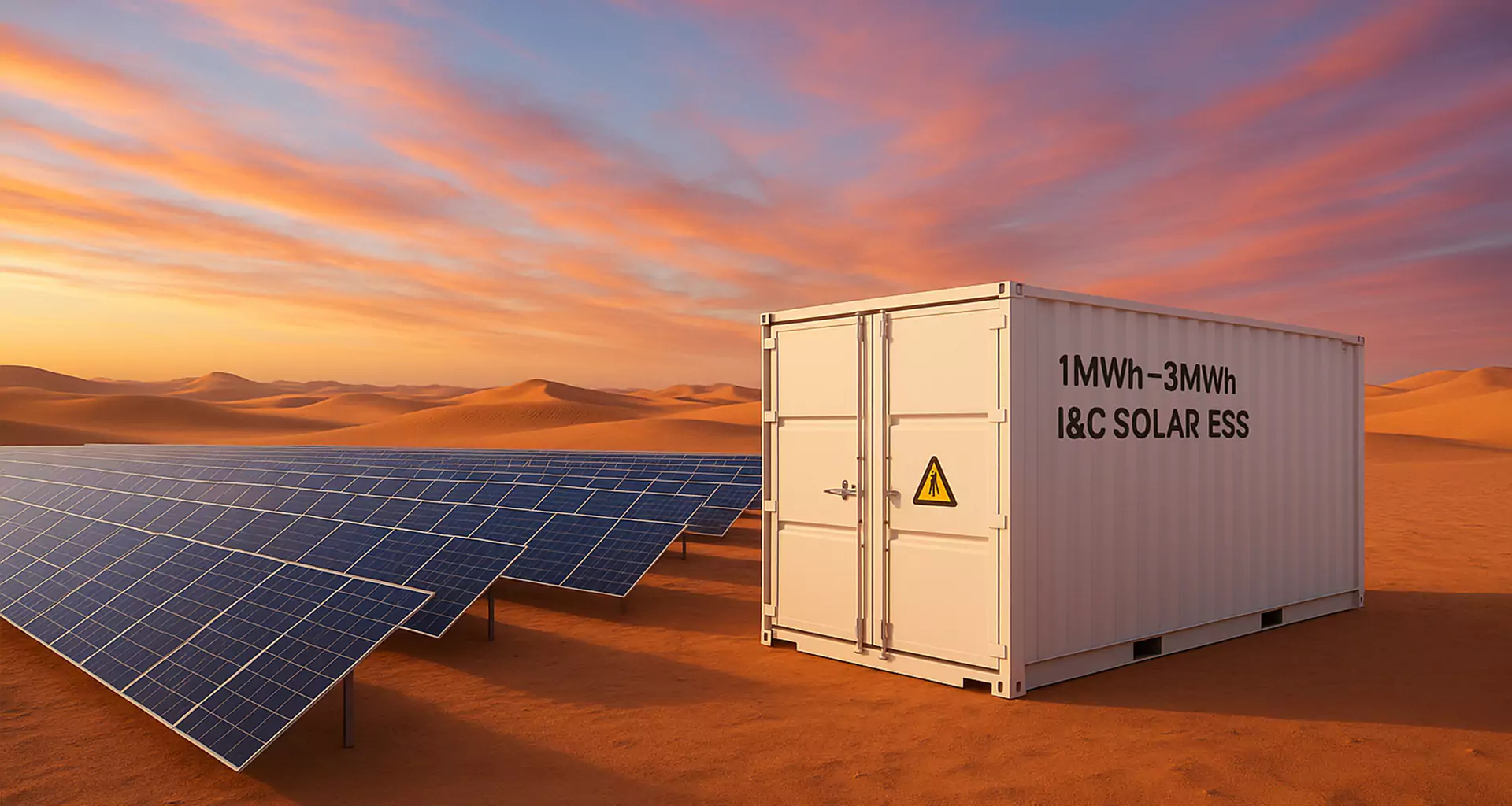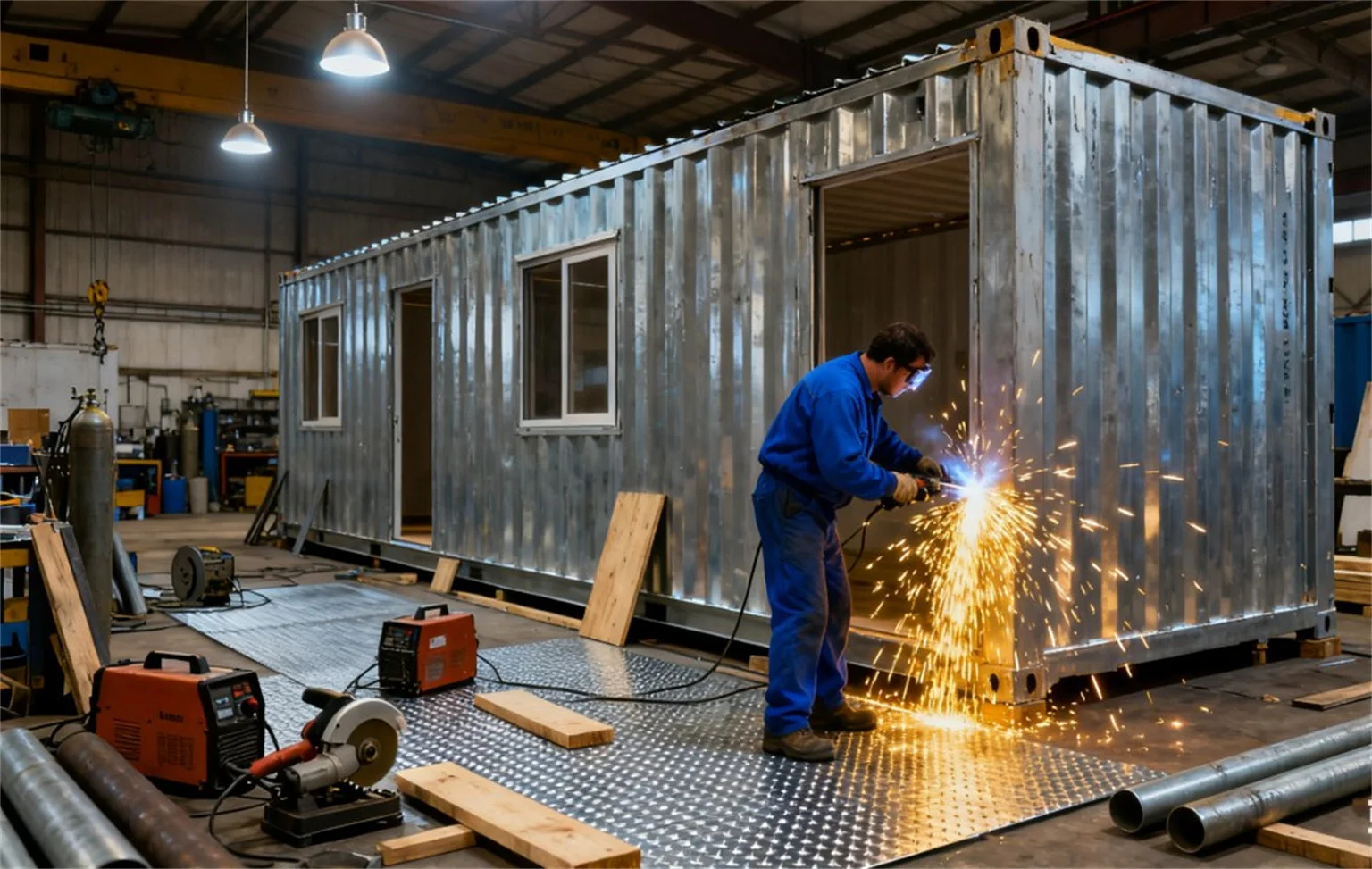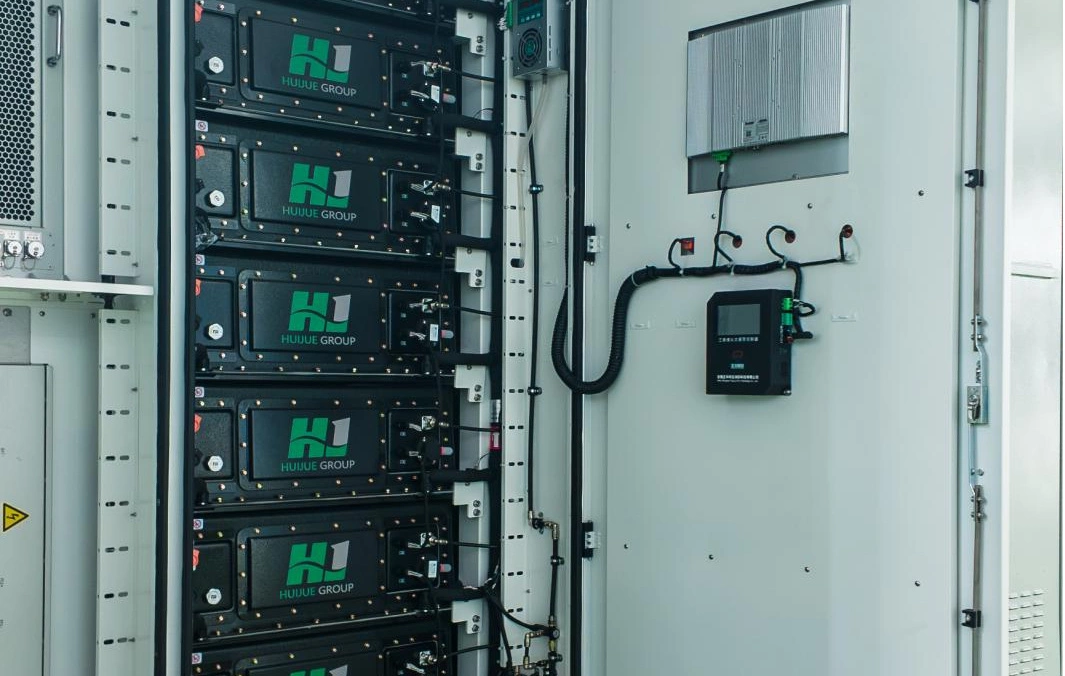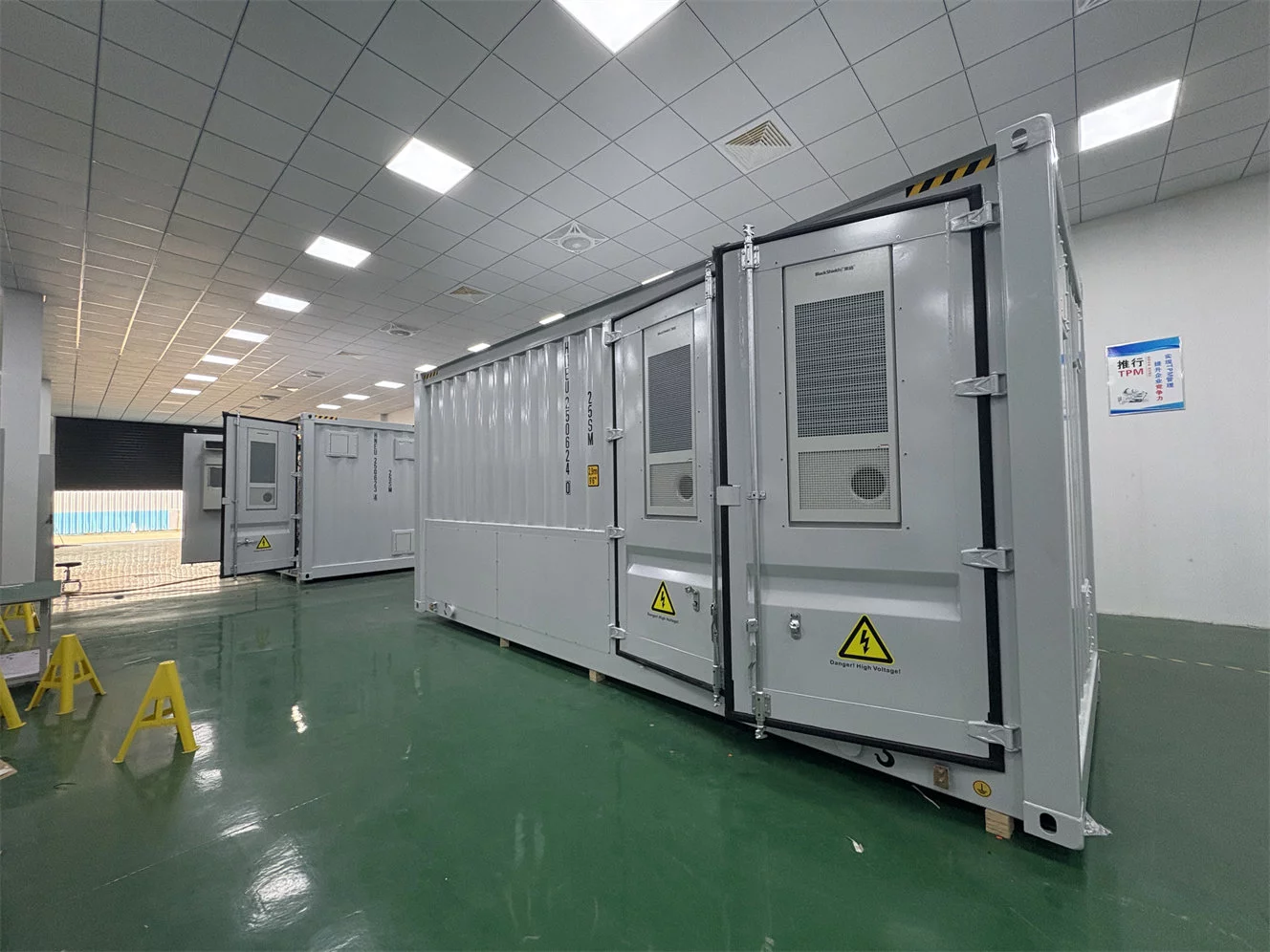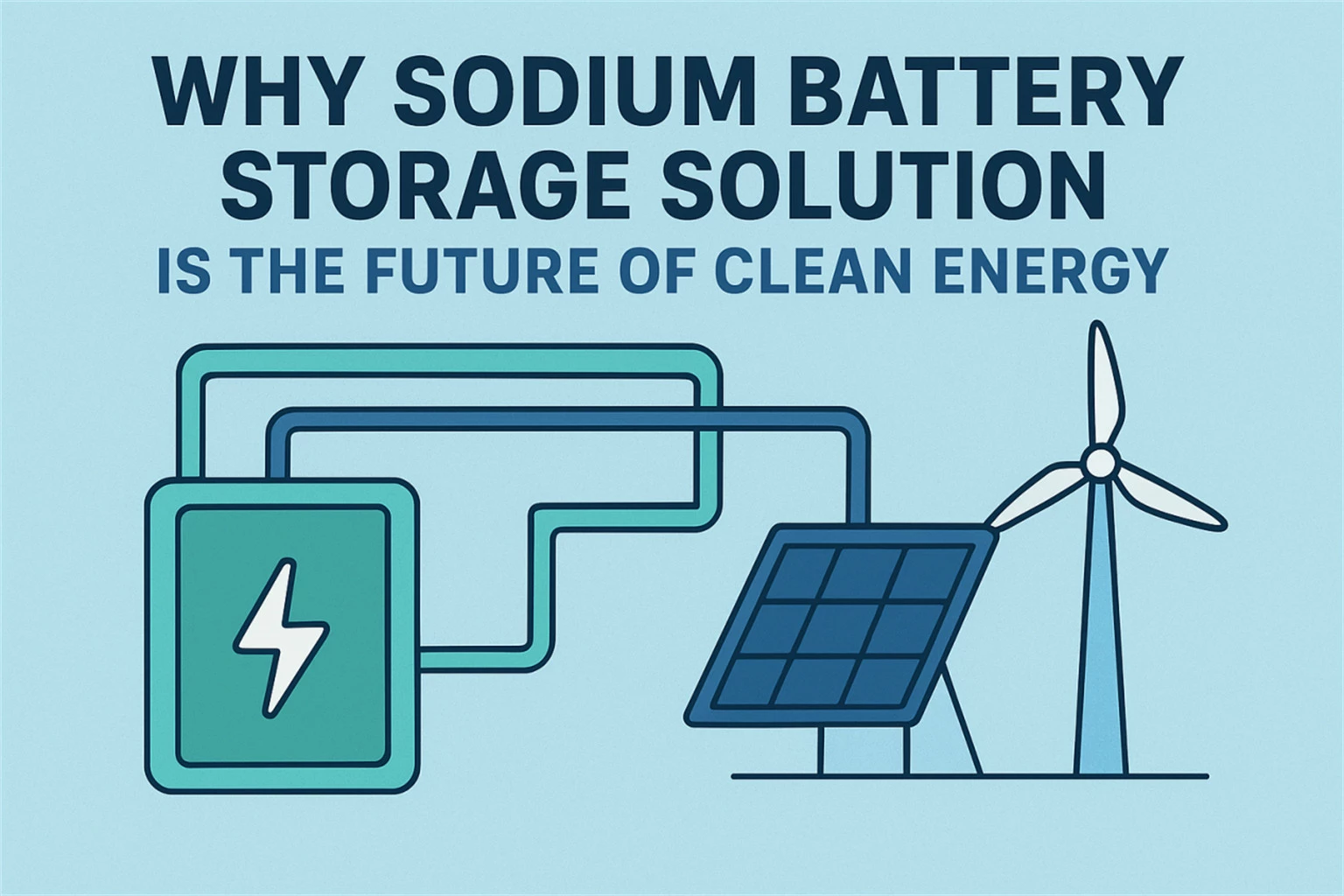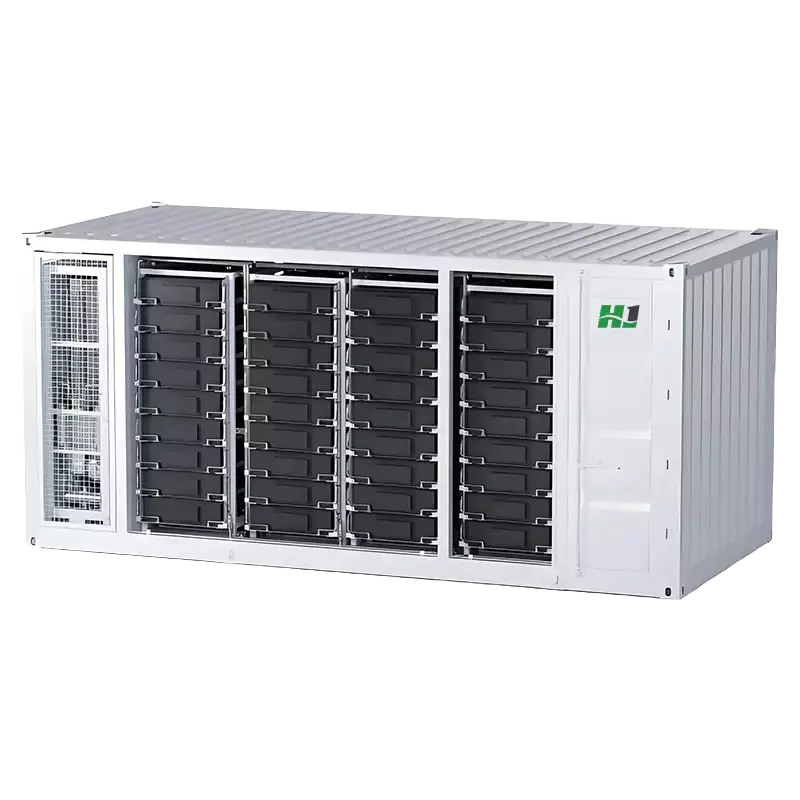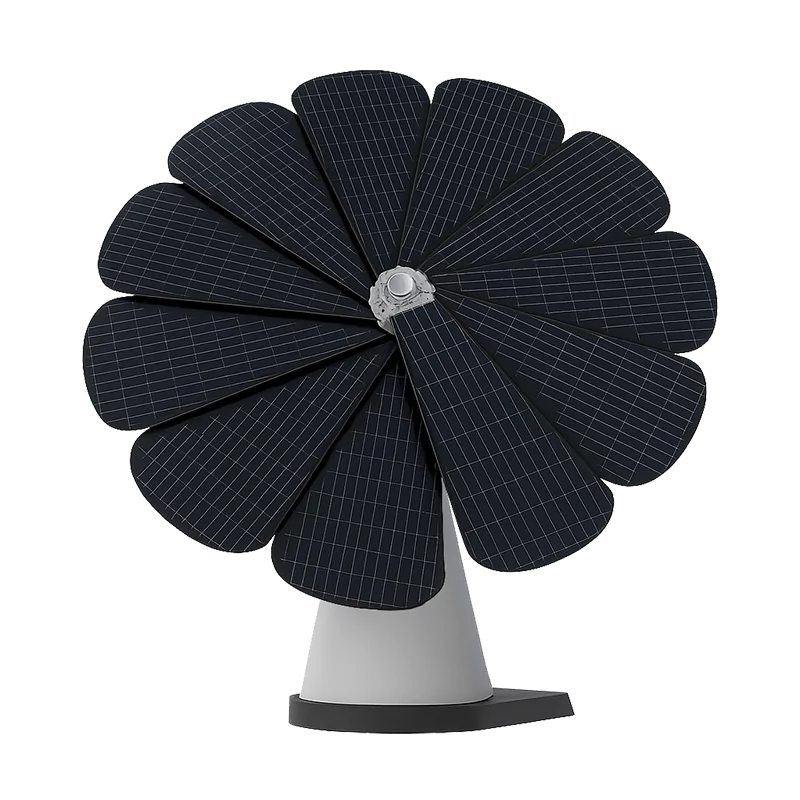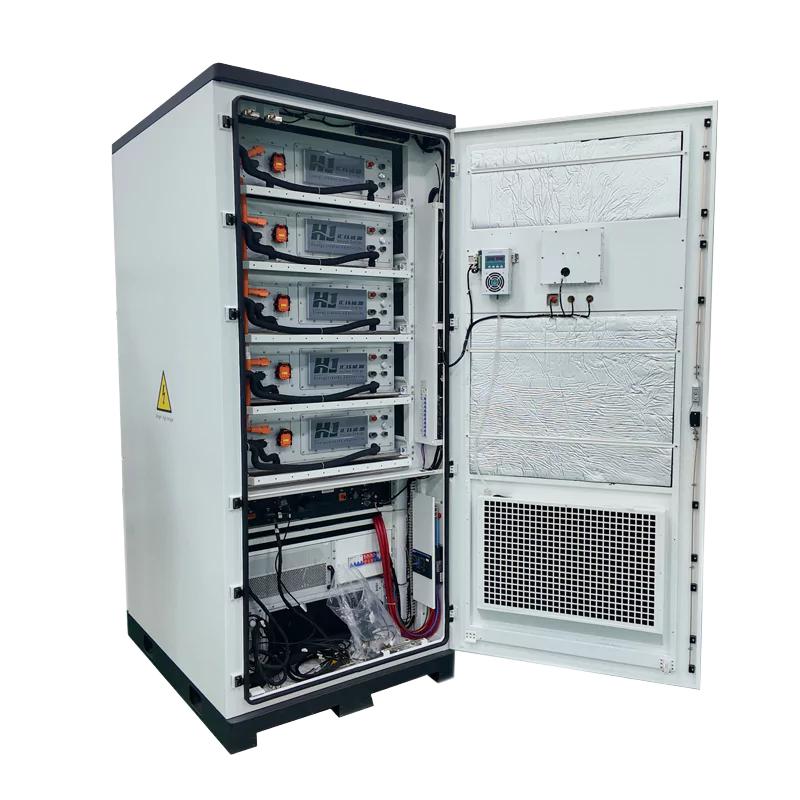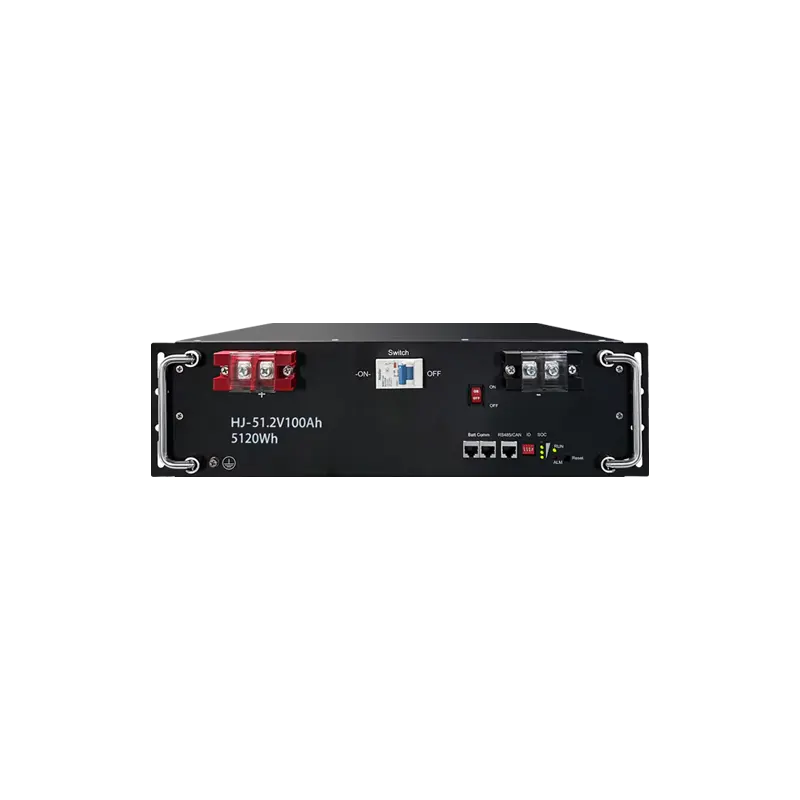Peru’s Andean BTS: Wind-Gravity Energy Storage Project
Brief Introduction: Providing Connectivity for the World’s Most Challenging Terrain
Deep in the Peruvian Andes, where rugged mountains rise more than 4,000 meters and remote villages cling to steep slopes, a quiet upgrade in energy and power technology is underway.Telecommunications companies are abandoning energy-wasting diesel generators in favor of a unique solution—wind and gravity energy storage—a so-called hybrid tailored for the region’s unique topographic and climatic conditions.

HighJoule has been at the forefront of onsite energy technology development, building a unique Base Station Storage System (BTS) for standalone telecom base stations/towers that is more rugged than ever before. Our hybrid wind power system performs well in Peru’s challenging high altitude environment and offers the following benefits:
- Guaranteed 24/7 power supply for off-grid sites
- Low lifecycle costs, 40-60% lower than diesel alternatives
- Minimal environmental impact on sensitive mountain habitats
- Aligned with Peru’s ambitious renewable energy goals
Andean Energy Challenge: Why old solutions won’t work
Harsh conditions require innovative solutions
Peruvian mountains offer some of the world’s most challenging conditions for telecom power systems:
- Altitude: Each base station is over 3500 meters above sea level, with air density reduced by 30%
- Temperature fluctuations: Daily temperature fluctuations of up to -15°C to 25°C challenge traditional batteries
- Limited access: Some sites require helicopter or human transport equipment
- Earthquakes: Frequent earthquakes require robust structural solutions
Expensive diesel dependency
In such situations, the setup of traditional diesel generators is severely constrained:
- Logistical challenges: Fuel transportation to remote locations can cost more than $50,000
- Frequent breakdowns: Cold starts and low air pressure can reduce generator life by 40-60%
- Environmental risks: Leaks in sensitive watersheds carry high fines
- Carbon liability: Peru’s new carbon tax will impose 15-20% on operating costs
Wind energy: Taking advantage of the Andes’ rich resources
Why wind power dominates high-altitude applications
Peru’s mountainous regions have abundant wind resources, especially in:
- Southern regions (Arequipa, Puno), with sustained wind speeds of 8-12 m/s
- Mountain passes, where wind speeds naturally increase
- Coastal highlands (Ica, Ancash), with abundant afternoon breezes
Our BTS-Wind system takes full advantage of these resources
- Reliable, compact transport turbines (10-20kW)
- Cold packs with blade heating and special lubricants
- Cyclone-resistant design to withstand gusts of up to 60 m/s
- Smart yaw function to maintain optimal position in a variety of mountain wind conditions
Technology innovations for mountain deployment
- Modular towers that can be erected without cranes
- Self-supporting layouts that minimize on-site workspace
- Anti-icing coatings to prevent blades from icing
- Generators that can operate at low speeds even in thin air
Gravity energy storage: the perfect mountain complement
Breaking the intermittency of wind power with a simple mechanical design
While wind power is amazing, energy storage remains a challenge. Gravity storage is superior to battery storage in many ways:
- Service life of more than 30 years, compared to 5-8 years for lithium-ion batteries
- No degradation in low temperatures
- Contains no toxic materials that could pollute watersheds
- Increases capacity using local weights (stones, concrete)
How our Mountain GSM (Gravity Storage Module) works
- Charging cycle: 5-10 tons of weight is lifted vertically by surplus wind power
- Storage phase: Weight is suspended in a stable frame
- Discharge: At low wind speeds, controlled drop drives generator
- Precise control: Advanced algorithms regulate output to base station (BTS) load demand
Key technologies for Andean applications include:
- Anti-seismic shock absorbers to keep weights stable
- Modules can be transported by helicopter or small vehicle
- Dry lubrication system to prevent ice formation at high altitudes
Wind-Gravity Integrated Applications
Highest Reliability System Design
Our complete wind gravity site energy solution includes:
- Power generation: 10-20kW wind turbine array
- Energy storage: 24-72 hours of gravity energy storage capacity
- Power management: Hybrid advanced controller
- Monitoring: Satellite connection performance monitoring
Case study: Arequipa highlands deployment
The new wind power system at 4,200 meters above sea level has proven its success:
- Location: 70 km from the nearest grid
- Configuration: 2×10kW wind turbines + 48 hours of gravity energy storage
- Results:
- Availability of 99.2% (previous diesel system had an availability of only 82%)
- Annual operating costs reduced by 65%
- 15 tons of CO2 emissions reduced per year
- Payback period of less than 4 years
Economic advantages of renewable energy BTS power
Economic advantages over diesel
- More capital savings: wind-gravity systems are currently 20-30% cheaper than comparable diesel systems
- Lower operating costs: no fuel costs, minimal maintenance costs
- Tax advantages: Peru’s renewable energy incentives recover 30% of project costs
- Future-proof: protected from rising fuel prices and carbon taxes
Peru Policy Advantages
- 15-year tax exemption under the Renewable Energy Law (Legislative Decree No. 1002)
- Rural Electrification Fund, up to 40% for off-grid projects
- Accelerated depreciation of renewable energy assets
Implementation: From Assessment to Operation
Our Tested Deployment Approach
- Site Assessment: 3-6 months of wind and terrain surveys
- System Design: Modifications based on altitude, wind direction and load profiles
- Transport Planning: Knowledge of mountain transport logistics
- Installation: Local workforce training and phased commissioning
Andes Deployment Lessons Learned
- Prefabricated foundations reduce field work to 60%
- Community involvement ensures long-term security and maintenance
- Hybrid controllers must prioritize telecom load generation during low-load periods
Future Outlook: Expansion in the Andes
- AI-optimized energy management to predict wind patterns
- Community microgrids that share base station (BTS) power infrastructure
- Modular design for rapid deployment in the Andes
Conclusion: A new paradigm for mountain telecom
Wind power combined with gravity energy storage offers a revolutionary solution for remote base station sites in Peru, with benefits including:
- Unparalleled reliability in harsh environments
- More economical than diesel alternatives
- Environmental sustainability in line with Peru’s green agenda
- Scalable architecture to accommodate regional expansion
To learn how these solutions can power your Andes telecom project, check out our Base Station Energy Storage Systems or contact our engineers in Lima to schedule an on-site assessment.
Find Your Solar + Battery Storage Specialist Now!
* Fill out this form and our experts will help you find the perfect solar storage solution for your home or business.


